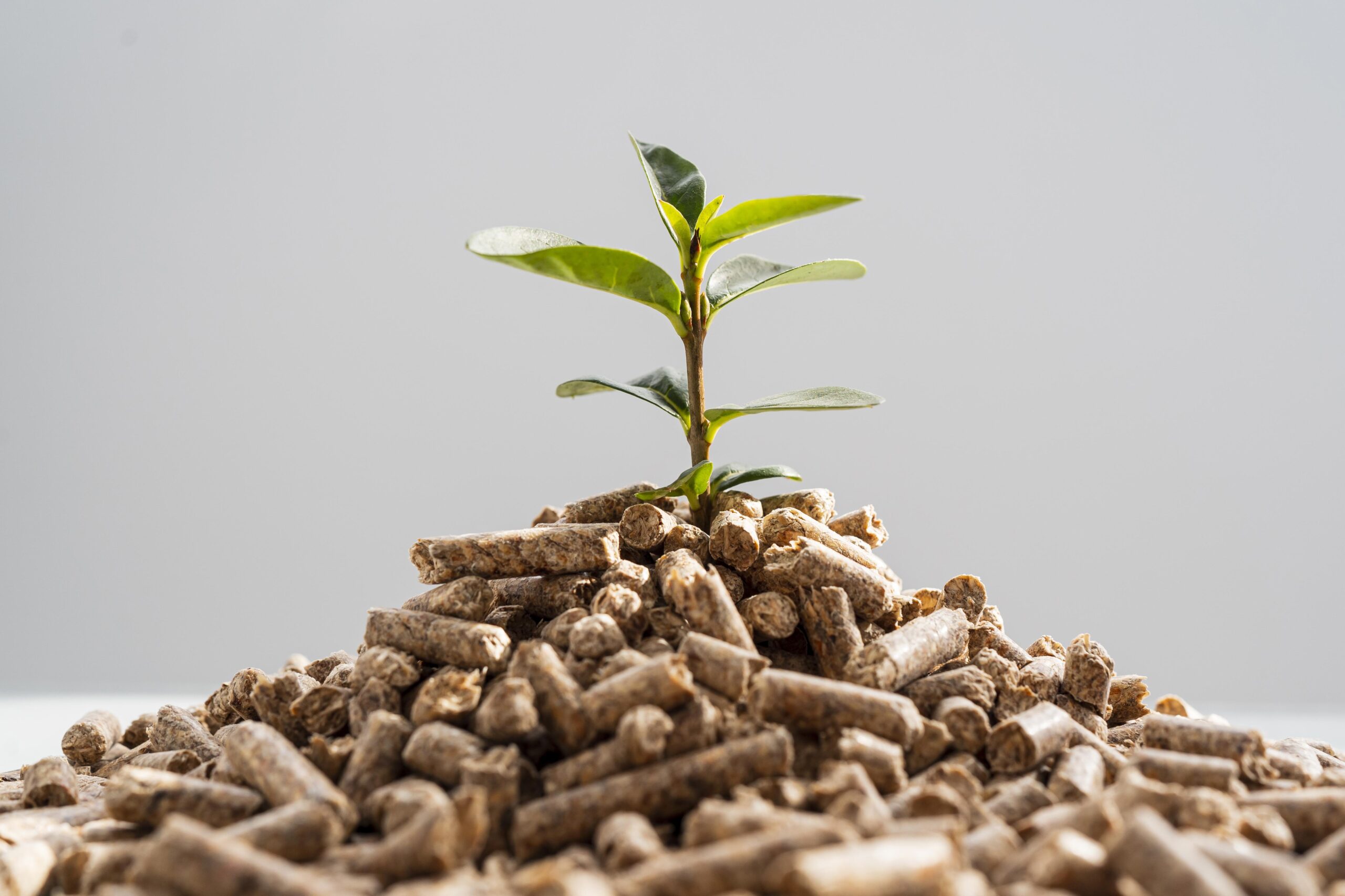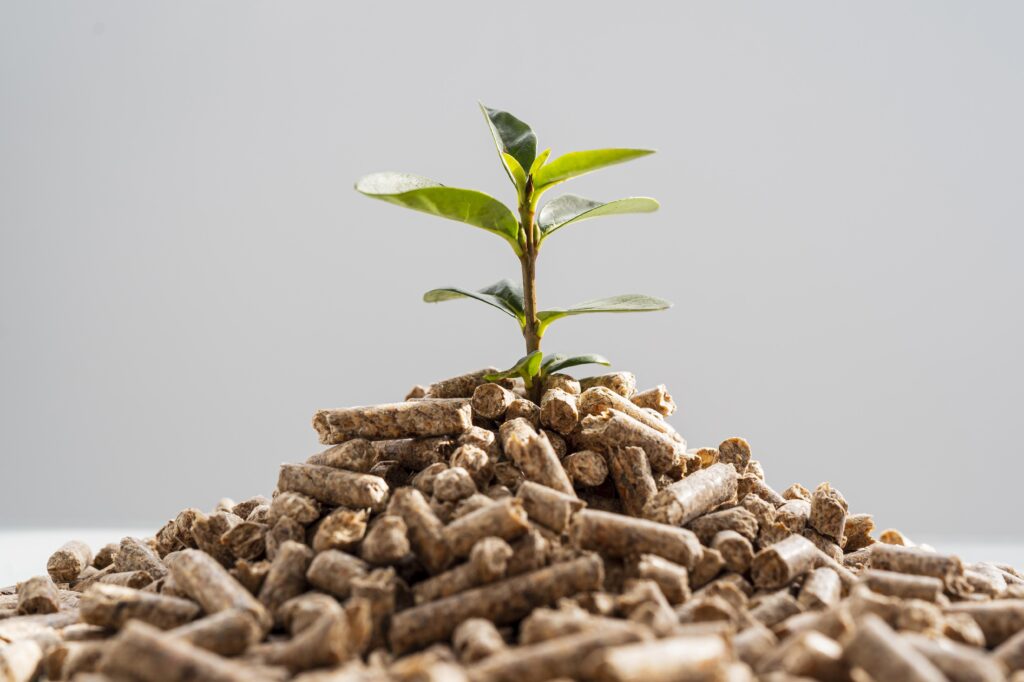
Image: Freepik
In 2022, bioelectricity production in general for the electricity grid reached 25.5 thousand GWh, representing 4.3% of the total generation produced in the country, according to a survey released by the Sugarcane and Bioenergy Industry Union (Unica). “Bioelectricity in Numbers” – base year 2022 is available at the Sugarcane and Bioenergy Observatory.
Without considering the portion of bioelectricity production for industrial self-consumption, this generation includes various biomasses, such as bagasse and sugarcane straw, biogas, bleach, wood waste, among others, and occupied the 3rd position in the energy supply matrix for network in 2022, with a growth of 0.5% compared to 2021, resulting in an offer that surpassed that of gas thermal plants, whose production for the network was 22,826 GWh in 2022.
{module Form RD}
According to Unica's Bioelectricity Manager, Zilmar Souza, the 25.5 thousand GWh offered to the grid by bioelectricity in 2022 were equivalent to 26% of electricity production by the Itaipu Plant or 48% of generation by the Belo Monte Complex in 2022.
“An important point is that generation for the grid, from the biomass source, in a non-intermittent manner, mainly follows the sugarcane harvest period in the Center-South region of the country. In this way, it also ends up coinciding with the dry and critical period in the Brazilian electricity sector, which runs from May to November each year”, comments Souza. In 2022, 82% of bioelectricity generation for the grid was offered between May and November.
Sugar-energy sector accounts for more than 70% of supply in 2022
Last year, generation by the sugar-energy sector for the electricity grid was 18.4 thousand GWh. Although it represents a drop of 8.9% in generation compared to 2021, the supply of sugar-energy bioelectricity represented 72% of total production, followed by black liquor with 20% and biogas with 4%.
Survey data show that these 18.4 thousand GWh were equivalent to 26% of electrical energy generation by the Itaipu Plant, 50% of generation by the Belo Monte Complex or 81% of all gas thermoelectric generation in 2022. “In addition, they meant reducing CO2 emissions estimated at almost 4 million tons, a mark that would only be reached with the cultivation of 27 million native trees over 20 years”, concludes Souza.
In the last 15 years (2008-2022), the accumulated generation of sugar-energy bioelectricity for the grid was 238,105 GWh. This generation would be enough to supply the world's electricity consumption for 4 days; from the European Union for 31 days; from China for 16 days; from the United States for 22 days; from the United Kingdom for 281 days; from Portugal for more than four years; from Argentina for two years; and Brazil for almost six months or the Southeast Region for a year.
Source: Notícias Agrícolas











